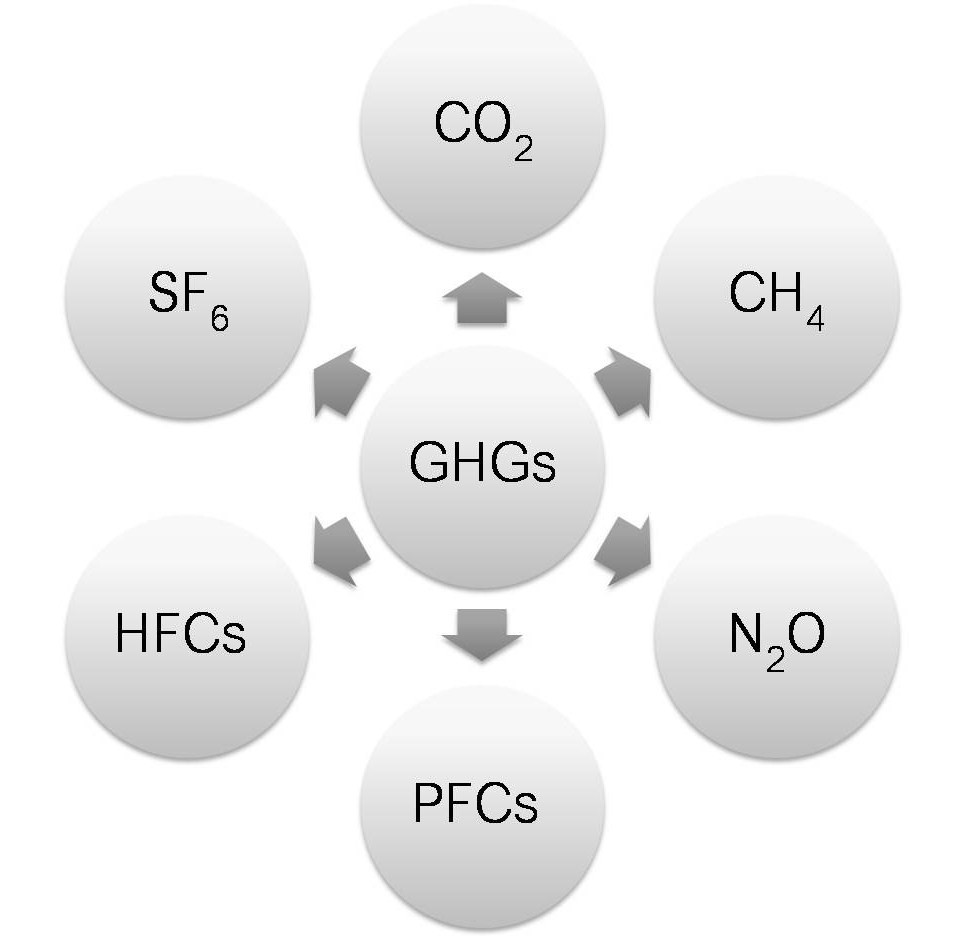Introductory guide on the ISO14064-1 Implementation Stages
 ISO14064 is the specification developed by International Organization for Standardization. ISO14064-1 is used for organizational level quantification and reporting of GHG emissions and removals. Various stages of ISO14064 standard implementation are described below in their chronological sequence. The sequence is an indicative one and can be changed based on the requirements. (Why assessing carbon footprint is important for your organization?)
ISO14064 is the specification developed by International Organization for Standardization. ISO14064-1 is used for organizational level quantification and reporting of GHG emissions and removals. Various stages of ISO14064 standard implementation are described below in their chronological sequence. The sequence is an indicative one and can be changed based on the requirements. (Why assessing carbon footprint is important for your organization?)
- Define boundary (Boundary Setting procedures): Boundaries are of two types – organizational boundary and operational boundary. Organizational boundary setting decides which facilities and organizations (subsidiaries or Joint Ventures companies) are to be considered, while operational boundary decides which GHG emissions (direct and energy indirect) are to be considered. Define boundary so that decisions to include GHG emission sources can be taken.
- Identify GHG emission sources and sinks: Based on the boundary setting, all the GHG sources and sinks are required to be identified and documented. The identification process can be implemented according to the process map of operations carried out in the organization. GHG data (e.g. Fuel and electricity consumption, Waste generation, etc) required to be collected from the identified GHG sources and sinks. List down all the GHG sources and sinks and make the data collection sheets (May be MS-Excel sheets) to collect the GHG data.
- Develop GHG quantification system: According to the processes; GHG sources and sinks; and GHGs type, appropriate quantification methodology is required to be developed. It can be developed based on the quantification standards developed by Intergovernmental Panel on Climate Change (IPCC), an apex body for GHG inventory calculations and Green House Gas Protocol methodology developed by the World Resource Institute. Various calculation tools like MS excel based calculation tools or web based GHG calculation tool can be used for GHG quantification. The GHG calculation tool can be used to measure and monitor the GHG emission for the organization.
- Develop GHG inventory quality management system: GHG inventory quality management system is developed for data collection, quantification, monitoring, and record keeping procedures. It is managed with certain policies, processes, and procedures to reduce the materiality and uncertainty in GHG inventory calculations. It helps to maintain the level of assurance organization has decided for the intended users.
- Develop capacity building and training: The capacity building and training is required to be conducted for the entire staff/employees of the organization participating in ISO14064 implementation and maintenance.
- Develop guidelines documents for implementation and reporting: ISO14064 requires documentation to be prepared to maintain and manage GHG management system conforming to ISO14064. It includes all the guideline documents, GHG report which describes the process and methods adopted for establishing its GHG footprint for the base year, GHG manual which acts as training material to understand the ISO 14064 system implemented. The GHG report is used for external communication with the stakeholders.
- Verification: This is final stage and need external third party verification body to undertake verification of the GHG inventory.
These stages are designed as per the specifications mentioned in ISO 14064-1. The above mentioned points provide step wise guidelines to measure organizations’ carbon footprint and develop carbon accounting and management system credibly.
You might be interested in knowing how to calculate CO2 emissions from fossil fuel combustion?
Reference: ISO 14064 Standard, GHG protocol
Image Credit: Notnarayan, on wikimedia



Thanks for the detailed elaboration.This is what iam looking for.It would be great if you can add detailed information of carbon foot-printing procedure taking live examples of few industries.
Request you to write more articles on carbon foot-printing and life cycle assessment
Thanks Christi. We are committed to provide credible information. Please stay tuned with us for more such information in near future.